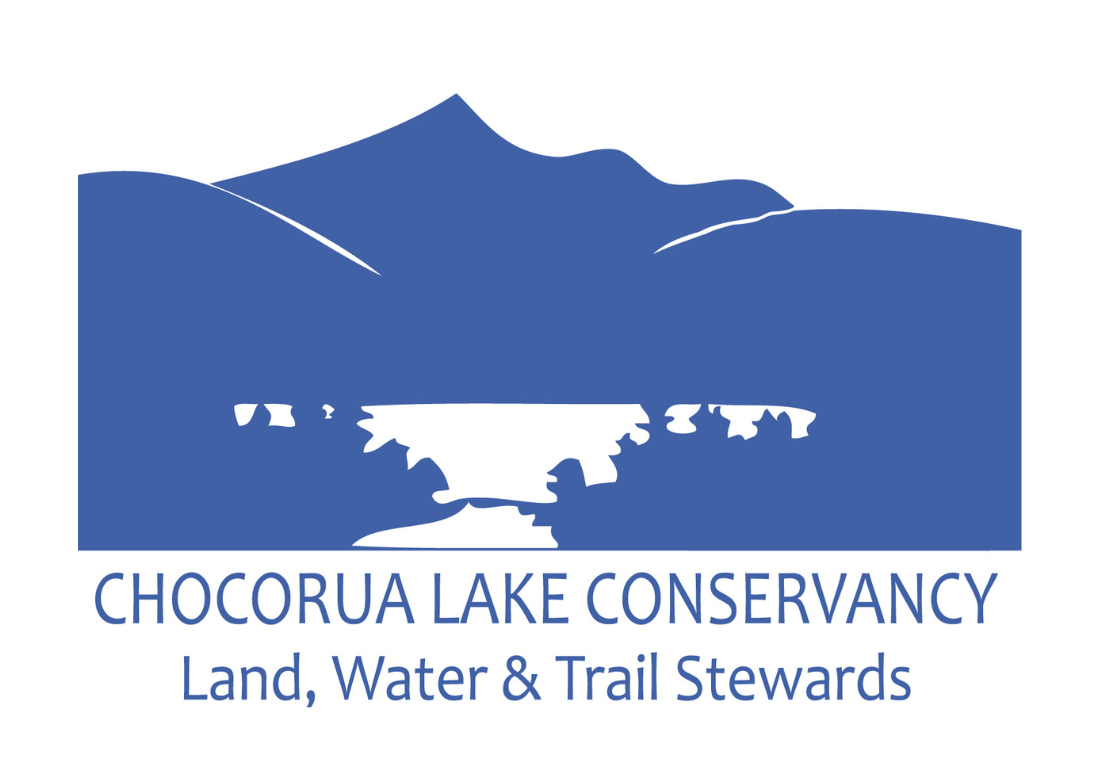by David Kunhardt
In February, the CLC and the Cook Library hosted my Zoom presentation on the realities and hopeful solutions to climate change. This is the first follow-up, addressing what individuals might do to lessen this global problem.
Step one is to evaluate where you and your family create the biggest use of fossil fuels, the acknowledged root cause of the present increase in climate related risks. Whether you live in a single-family home, or two, in an apartment, or an assisted living facility, you daily use energy, most of which—at least in New Hampshire—is derived from the burning of fossil fuels. Then think about the sources of heat and electricity in your life, and how you might cut back.
For transportation, increasingly the biggest single U.S. contributor by individuals, the cheap and easy choice is to drive that internal combustion engine (“ICE vehicle”) much less. Tune up your bike and tone up your legs. Get an electric bike. Or step up to an electric vehicle, if your regular route is long. Fortunately, there are now over 40 battery electric and plug-in hybrid makes and models available, of cars, trucks, and SUVs, at a wide price range—with some prices coming down, like the Chevy Bolt.
Purists may comment that you should not buy a hybrid, because it is an ICE vehicle in disguise. I say, if your need is for a lot of short drives, but periodic longer ones where you don’t want to stop, a hybrid vehicle can deliver over 500 mpg during your short-haul days, and over 50 mpg for longer trips primarily on gas boosted by recharging electric motor(s). Not only is this a great way to snub your nose at today’s gas prices, you’ll also be delighted with the quick and super-quiet EV ride.
At home, look into a heat-pump mini-split system driven by electricity to heat and cool your abode. The prices are moderating, as more and more suppliers are focusing attention on this efficient and clean solution.
But what about the source of the electricity? Isn’t that from dirty fuels? The short answer is: in part, yes, unless you invest in solar on your property or in a share in a community solar farm. The near-term bad news in New Hampshire is that the official renewable energy portfolio (“RPS”) standard is one of the lowest among northern states, at just 25% by 2025. This is set by public policy, so you can help by writing to the Public Utility Commission, or your state representative, and urge them to step it up. Some states have set their RPS goals at much higher levels, up to 100% (CA, HI) at various future dates. Look to Vermont (75% by 2032) as a good local standard.
The final advice is to be aware of the carbon footprint of your diet. Growing meat and dairy takes a prodigious amount of water, land, food and other resources. Beef is by far the biggest offender, generating 60 kilograms of greenhouse gas emissions per kilogram of meat produced—that’s more than twice the emissions of the next most polluting food, lamb. See this Forbes article: “What Your Hamburger is Doing to the Climate.”
In sum, look to your usage numbers, evaluate your “carbon footprint,” and start to diminish it any way you can. In the long run, it will save you big bucks, and just may help save the planet too.
Replies welcome. Write to me at davidkunhardt8@gmail.com.
Banner image: Photo by Nadine Primeau on Unsplash

